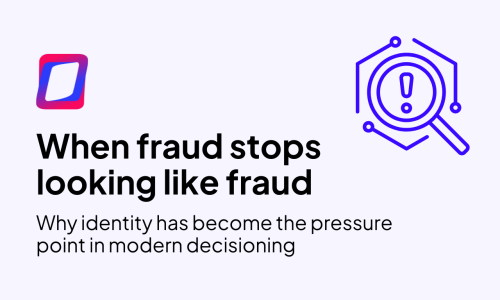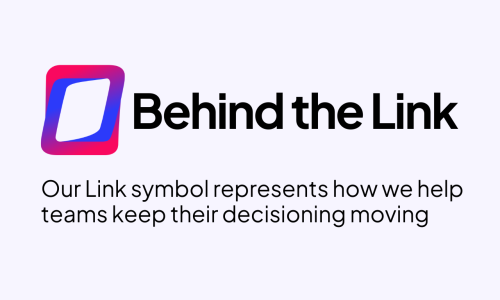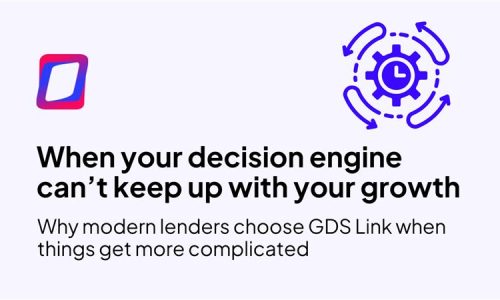The Secret Ingredient of Credit Risk Management: Early Warning Signs
Credit risk management isn’t always about major defaults or dramatic credit events. More often, it comes down to catching the quiet signals before they become real problems.
Take Mark, for example, a fictional loan officer who represents the many professionals working on the front lines of lending. One day, a borrower walks in eager to apply for a car loan, but as Mark enters her details into the Loan Origination System (LOS), he notices early warning signs: a recent credit score dip, discrepancies in reported income, and higher-than-usual credit utilization.
Rather than moving straight to denial, Mark takes the time to explain the situation and offers solutions like adjusting loan terms or financial counseling. By recognizing the early warning signs early and offering personalized options, Mark builds trust with the borrower, showing her the bank cares about her financial health, and helps protect his institution.
So, what does your loan process say about your business? Is it hindering you or driving growth and trust?
The global credit risk assessment industry is projected to grow from $7.31 billion in 2023 to $18.43 billion by 2030, reflecting a compound annual growth rate (CAGR) of 14.1%. This growth highlights the value of investing in robust credit risk management software. Decisioning Platforms like GDS Link can catch early warning signs because of the vast data sources it uses to analyze a borrower’s financial health. By investing in the right technology, lenders can minimize defaults, fuel business growth, and build a reputation of trust, to seize every opportunity.
How Loan Origination Systems Nip It in the Bud
Here are some key examples of how a LOS detects early warning signs that indicate potential issues with a borrower:
- Monitoring Credit Score Fluctuations
A significant drop in a borrower’s credit score can be an indicator of financial distress, often signaling potential default. Credit risk management systems can automatically flag accounts when there are noticeable changes in credit scores, prompting a closer look at the borrower’s financial situation to assess stability. - Late or Missed Payments
When borrowers begin missing or making late payments, it suggests they may be falling behind on their loans. Credit risk management systems track payment histories and can trigger alerts if payment schedules aren’t met, allowing lenders to intervene early and offer options like restructuring or proactive communication. - Debt-to-Income (DTI) Ratio Increases
An increase in a borrower’s debt-to-income ratio can indicate potential overextension and a higher risk of default. Automated systems can calculate DTI ratios in real-time, notifying lenders of any changes that may require further investigation or adjustments to the loan terms. - Unusual Borrowing Patterns
A sudden rise in a borrower’s credit utilization or new loan applications could signify they are taking on more debt due to financial strain. Credit risk models analyze transactional data to detect patterns of rapid borrowing behavior, which can point to a borrower’s struggle to manage finances. - Inconsistent Borrower Information
Discrepancies in borrower data, like mismatched income figures or frequent address changes, can quietly signal elevated risk. When integrated with the LOS, credit risk management tools can automatically flag these inconsistencies, allowing for manual review that helps prevent fraudulent loans or identify borrowers at higher risk of default before the loan is approved. - Changes in Employment Status
A job loss or shift to a lower-paying job can significantly impact a borrower’s ability to repay a loan. Credit risk systems can track changes in employment status or salary data from external sources, helping lenders address potential repayment challenges before they escalate. - Negative Macroeconomic Indicators
Economic downturns or industry-specific struggles, like a recession or layoffs in a certain sector, can increase the risk associated with borrowers. Credit risk management systems can integrate macroeconomic factors, such as rising unemployment or sector instability, to adjust risk assessments in real-time and predict their potential impact on loan portfolios. - Transaction Monitoring for Fraudulent Activity
Unusual financial transactions, such as large withdrawals or rapid changes in spending behavior, can indicate fraudulent activity or financial distress. Credit risk systems equipped with fraud detection algorithms can quickly identify these anomalies, helping to mitigate potential issues before they lead to larger risks.
An Industry Leader in Credit Risk Management
At GDS Link, delivering results isn’t just a promise, it’s a given. We help our clients strengthen both their bottom line and relationships they have with their customers. Our support goes beyond implementation; we support lenders in using tools like LOS to promote financial well-being among borrowers globally. And the business growth of our clients speaks for itself:
- Terrace Finance: Automated 65% of credit decisions, reducing application processing time from three days to just 45 minutes. This transformation led to revenue tripling over five years, with improved accuracy and reduced fraud.
- Capital on Tap: Achieved a 30% reduction in the time required for credit rule changes, enabling instant updates and faster integration of new credit models. The data science team gained the flexibility to launch new products and pricing strategies in under four weeks, with a nearly 50% decrease in the need for credit risk development resources, resulting in significant cost savings.
These statistics highlight how GDS Link brings clients’ expectations to fruition.
Credit Risk Management with GDS Link
GDS Link’s Decisioning Platform is helping lenders reduce risk and improve loan quality by identifying early warning signs such as shifts in credit scores, payment patterns, and debt-to-income ratios. The platform’s real-time monitoring allows lenders to act quickly, preventing potential defaults and ensuring loan approvals are aligned with borrowers’ financial situations. The Decisioning Platform’s fraud detection tools also spot unusual borrowing patterns, further enhancing decision-making.
“Our collaboration with GDS Link exemplifies our ‘best of both’ strategy, seamlessly integrating cutting-edge technology solutions with deep human expertise to deliver an unparalleled experience for our customers,” said Paul Went, Managing Director for Consumer Banking at Shawbrook. With global corporate borrowing reaching a record $8 trillion in 2024, platforms like GDS Link are helping lenders make faster, more confident credit decisions while providing the flexibility and insight needed to adapt to shifting market demands without missing a beat.
Recent articles

When Fraud Stops Looking Like Fraud
Read article
Behind the Link
Read article





